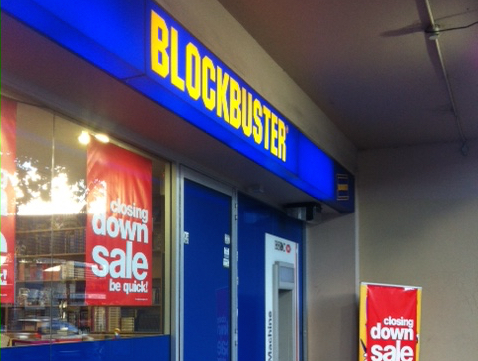Banking has always been a data driven business, understanding borrowers and the risks they present is one of the essential skills in making money from lending.
The new wave of payment startups present a new way for lenders to analyse risks; with real time data aggregated across businesses and regions, lenders can quickly decide wether a borrower is likely to able to pay the money back with the conditions asked for.
Payments company Square in its latest pivot has partnered with Victory Park Capital and claims to have extended more than $100 million in capital to more than 20,000 merchants writes the New York Times.
Like other payment companies that have entered this market, Square uses their own deep understanding of their customers’ incomes to be able to make a data based decision on the creditworthiness of applicants.
Square also offers ancillary data-driven products created for small businesses. The new instant deposit product, which is still in testing and will be fully available in the spring, will give businesses faster access to money they put into a debit account. And the company’s new charge-back protection service will cover some disputes between consumers and merchants.
Those products also rely on data that Square has collected. They will be available only to small businesses that have a solid financial track record, based on a history of accepting payments with Square.
Square is by no means the first business to do this, last year we wrote of PayPal’s move into small business lending and Point of Sale hardware manufacturer Verifone retreated from the market two years ago calling it ‘fundamentally unprofitable.’
The competition in the space and the fact assessing financial risks isn’t exactly a core competence of Silicon Valley start ups indicate Square’s and other companies may find small business lending a tough business as well.
Despite that, small business lending is a field that is overdue for disruption. With companies like Apple, Google and Amazon all offering payment services, the logical expansion is into evaluating risk and profit.
It may not be Square, Verifone or PayPal who ultimately redefines the sector, but it will be one of today’s tech businesses that does.




